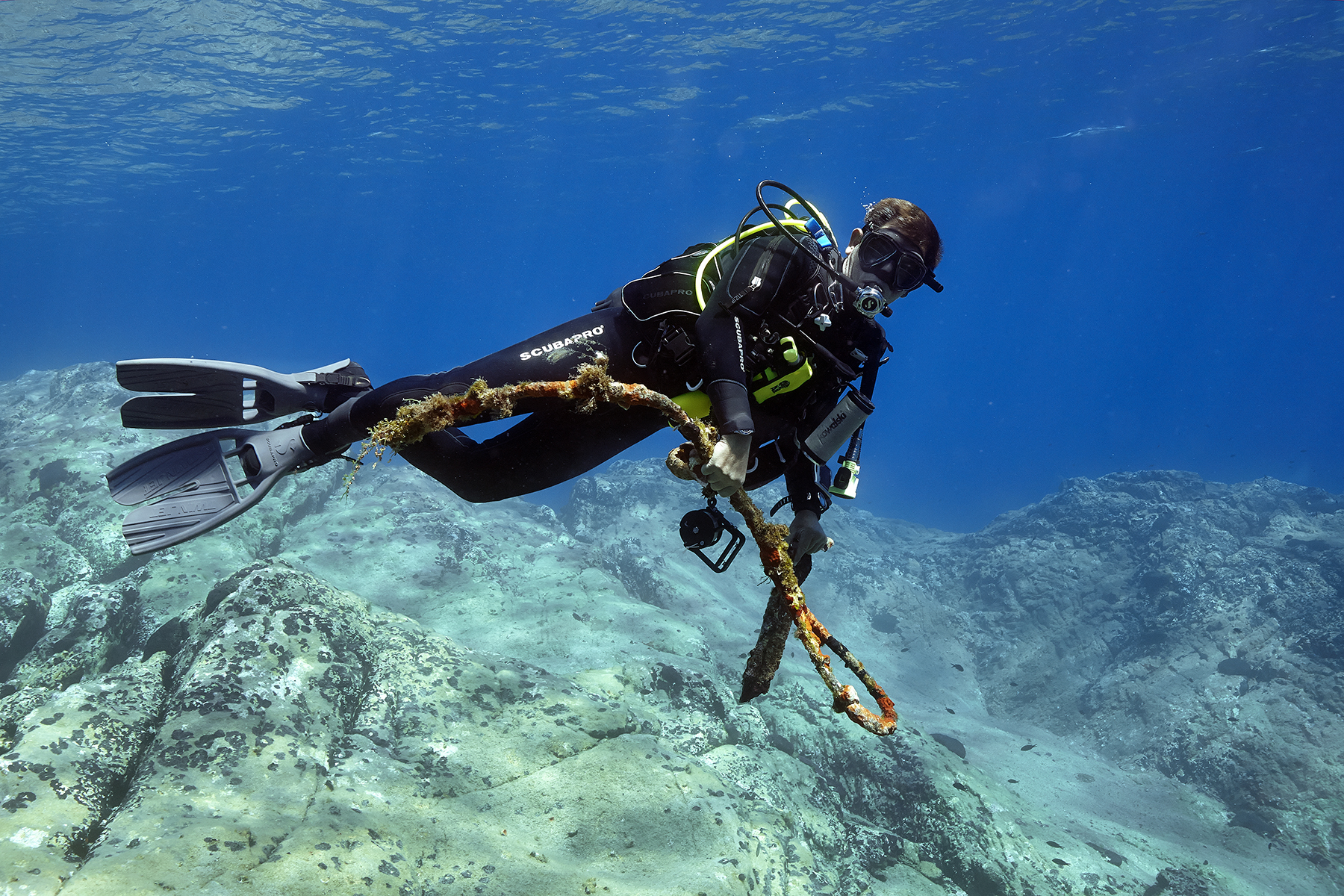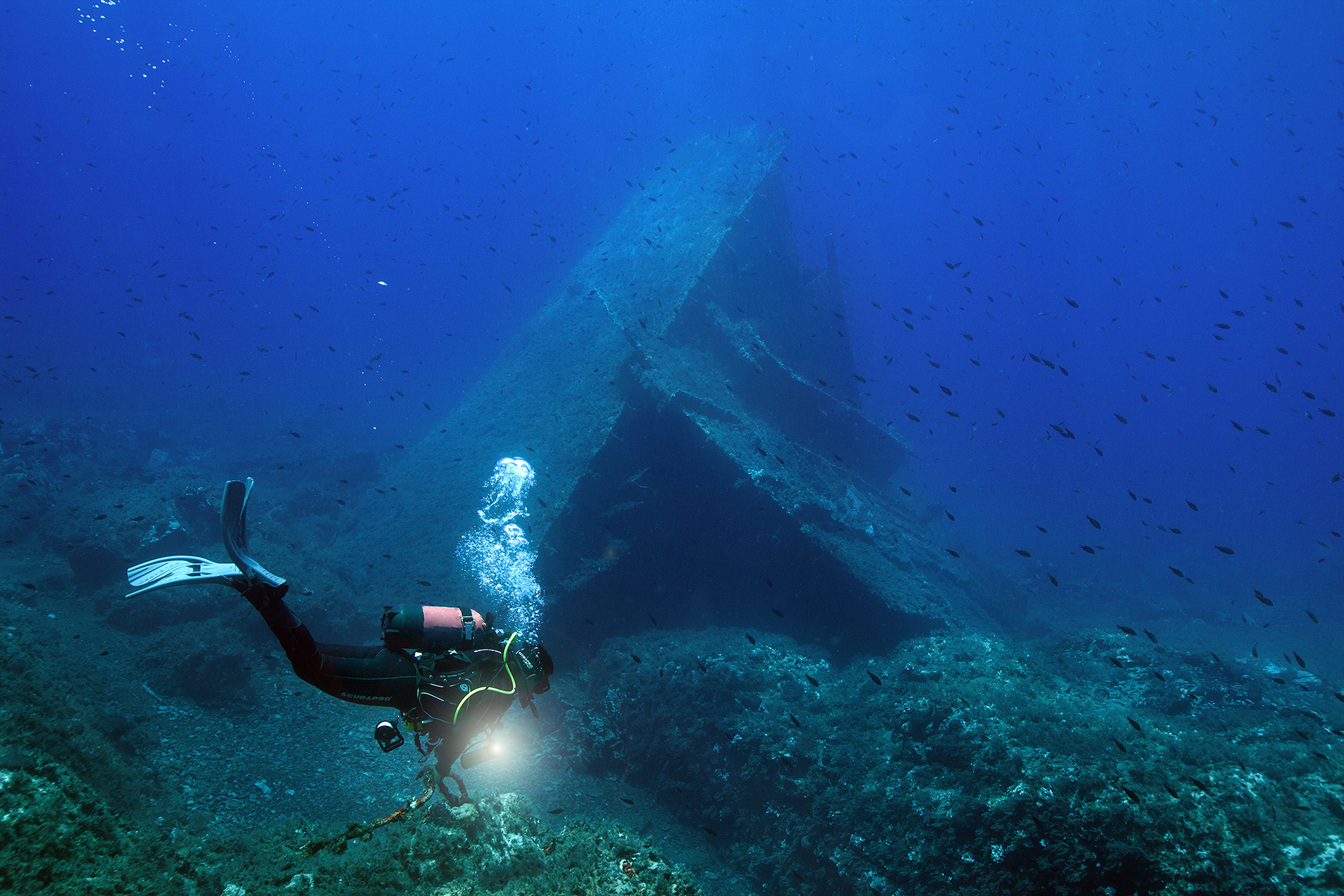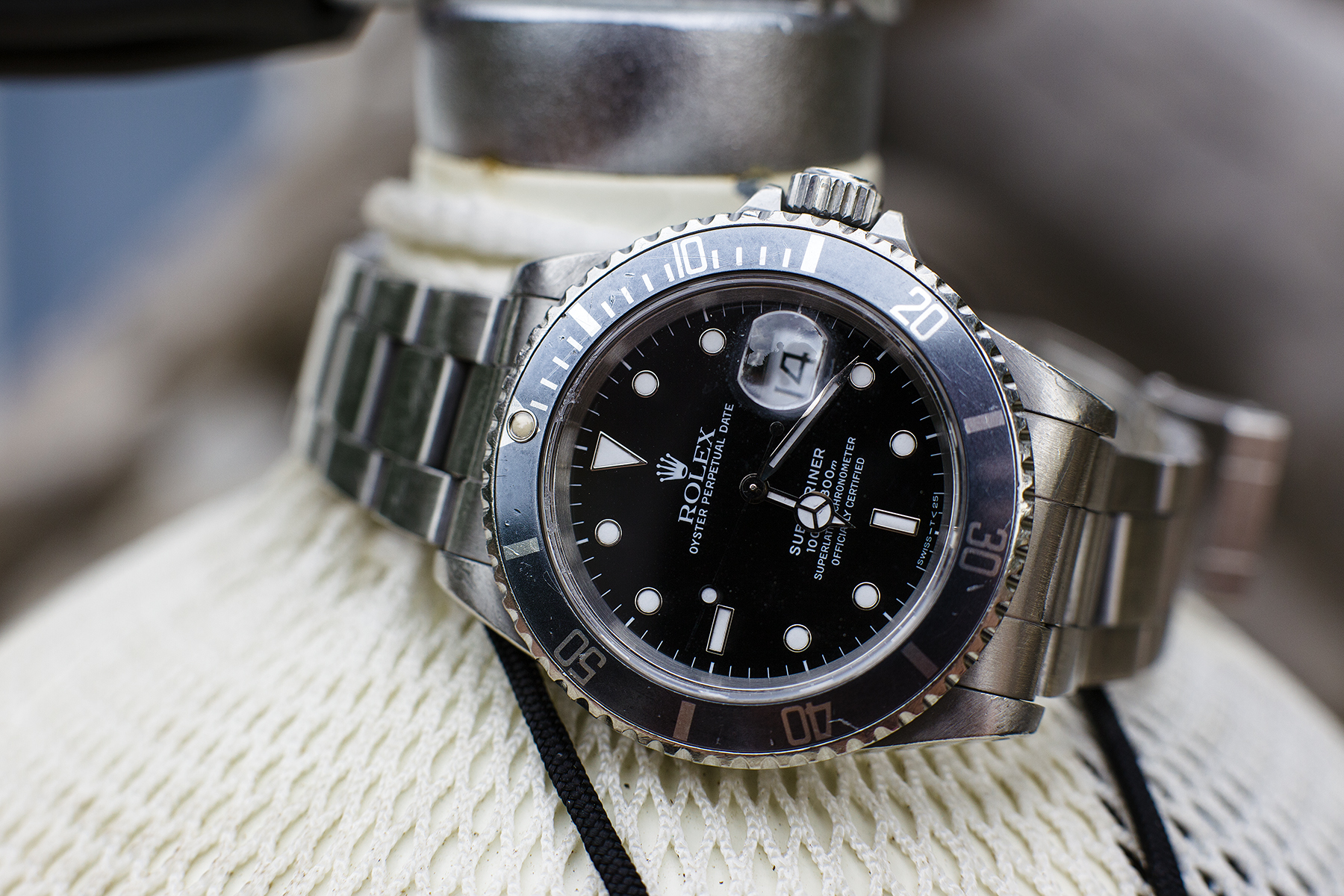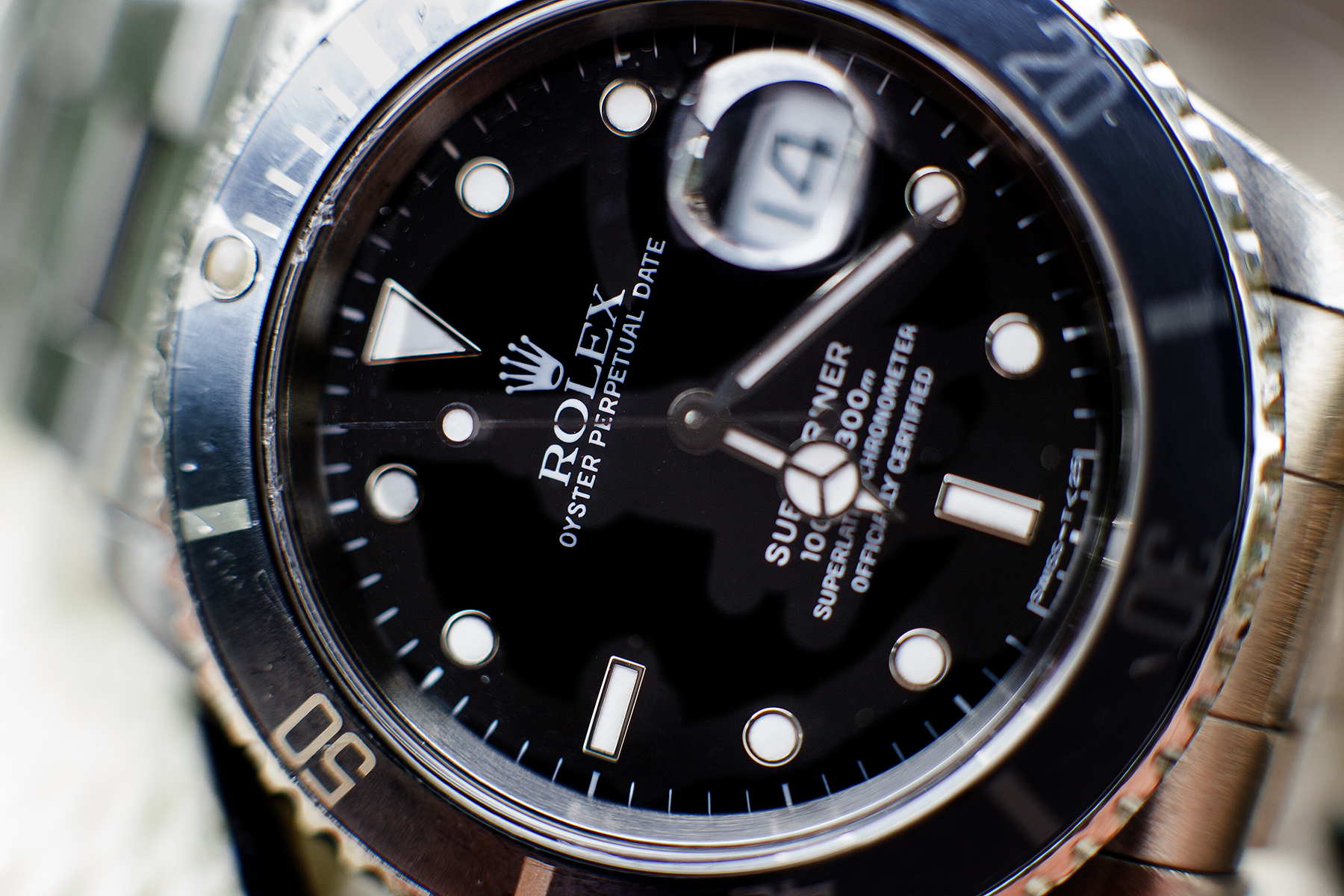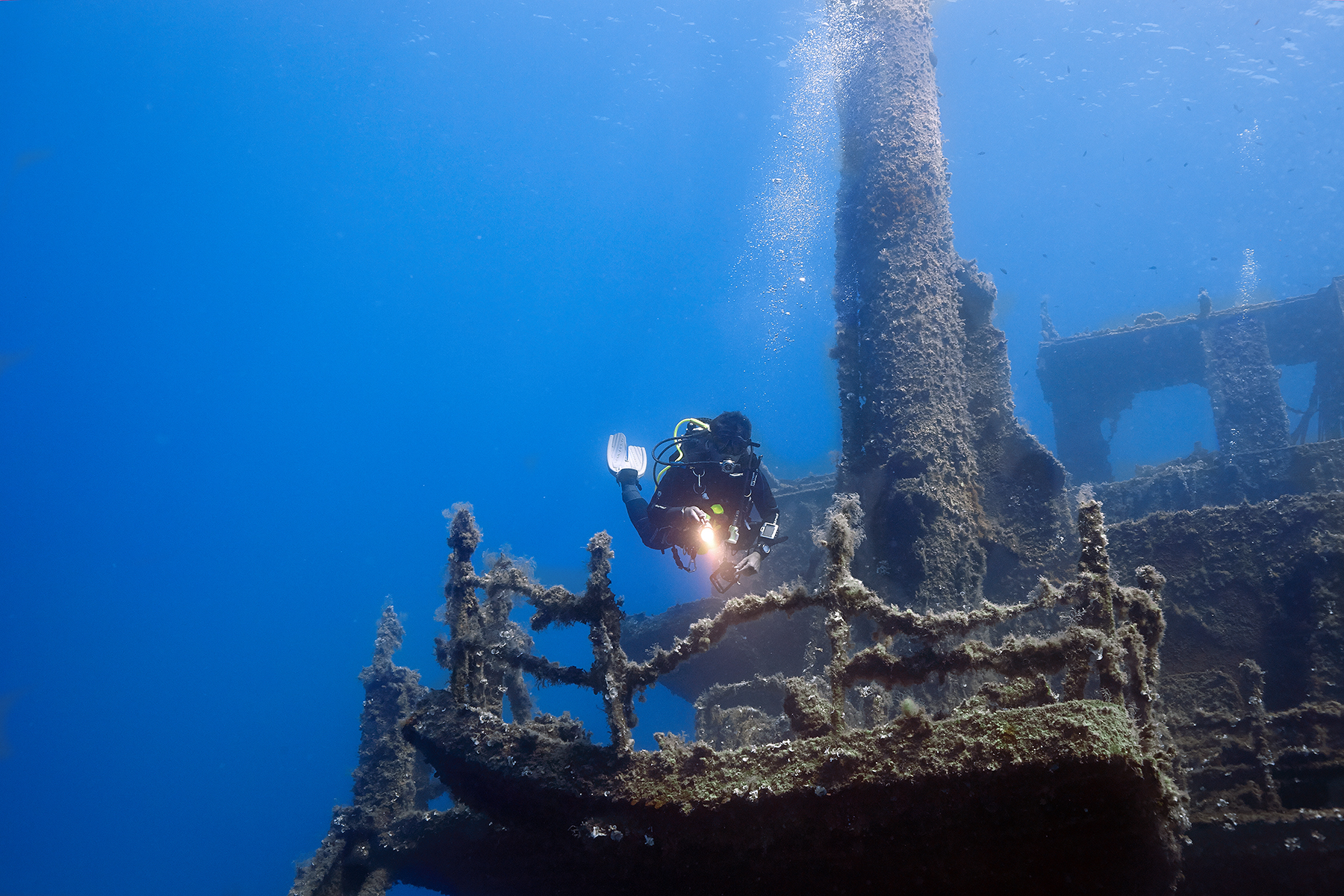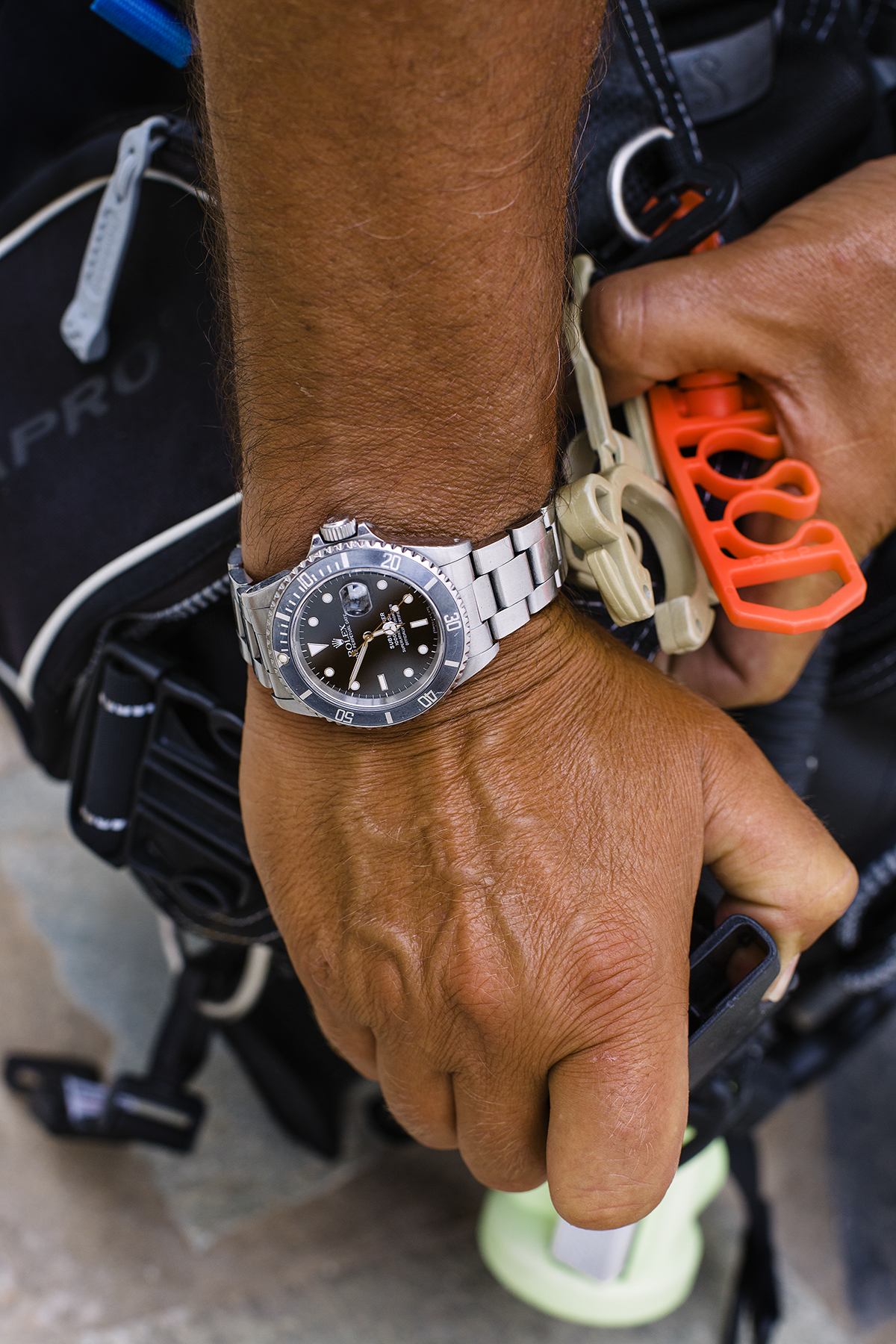In July 1981 the“Marianna”, sailed from the port of Piraeus; her destination was a port in the Persian Gulf. The ship was loaded with mineral ore in both lower holds; bulk barley was loaded in the upper prow hold; sheets of metal; water supply and irrigation pipes; fertiliser, marble, as well as iron cutting plates for marble were held in the upper middle hold.
Early in the morning, on 24 July 1981 at 04:26 the Marianna crashed in shallow water into a reef of rocky islands known as the“Amarides”, which are found in the middle of the channel between Naxos – Paros. At in 05:50 that morning the motor vessel (M/V) Panagia Mirtidiotissa left the port of Naxos to go to the reef of “Amara”, to rescue the 24 crew of the Marianna where they were transported the short distance to the fishing harbour of Agia Anna in Naxos, where the crew of the Marianna disembarked safely.
As with every shipwreck, and thus and with the Marianna, the marine environment could not avoid the inevitable effects of the disaster. Another problem also existed; the Amara reef reaches the shallows in the middle of the shipping lane of the channel between Naxos and Paros for some ships, navigating their course through this shipping lane and from some angles the danger of colliding with the reef in the same way as the Marrianna had was likely as it was impossible for them to see the adjacent lighthouse. It therefore was decided that it was essential and necessary to explode and remove the part of which had remained out of the water when it sank.
Years after I explored the Marianna wreck with my friend and diving instructor Theo Saramandis. My eyes caught among Theo’s diving gear his 16610 Rolex Submariner, a watch made 10 years after the Marianna went down. Theo has been non stop wearing and diving with his Sub all over the Aegean and in more exotic locations. Vintage looking as it might be, it’s a real tool watch that bears the weathering of time and the various oceans it went to. The Rolex Submariner 16610 was first introduced in 1989 as a Date model with a water resistance of 300 meters (1000 feet). This particular model was produced until 2010 when it was discontinued and replaced with the Submariner Date 116610 model. It was produced up to circa 2010 when the new Submariner Date with the ‘fatter’ case and ceramic bezel insert was introduced. This is one of the longest references in production for Rolex. The bezel insert is made of aluminium and on ref 16610 rotates by a single click-spring. It is slightly polished and again, typical of a divers watch, the first 15 minutes of the bezel is marked with minute markers. The watch is powered by Rolex caliber 3135. It is a basic 3-hand automatic movement with a date complications. The 3135 were introduced with the 16610. It is robust and reliable movement. Both ref 16610 and ref 116610 measure 40 mm width. Water resistance is certified up to 300 meters.
Not sure I will follow Theo that deep… #rolex #divewatch #diving #cyclades #aegean #scubapro
